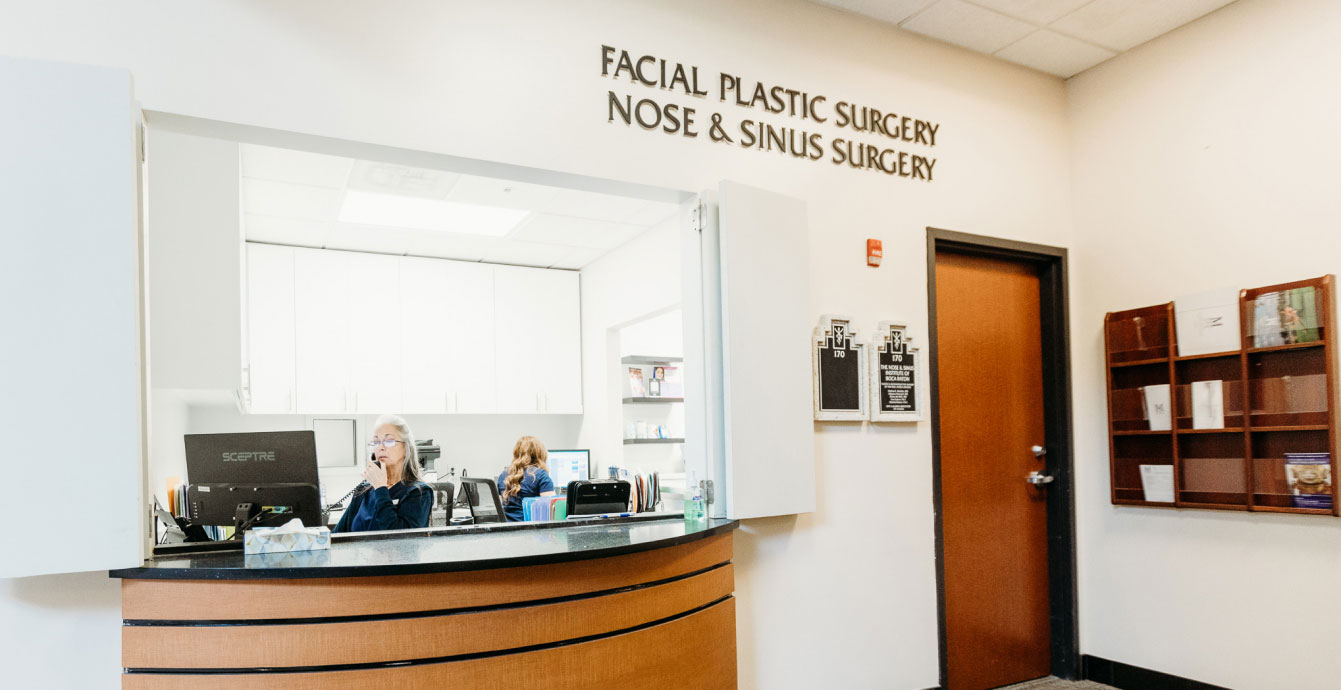

Are you unhappy with the size, shape, or look of your nose? Then schedule a rhinoplasty consultation with trusted Boca Raton double-board certified plastic surgeons, Dr. Klimczak and Dr. Hancock. Their nose jobs deliver aesthetically pleasing results with improved nasal function.
Are you tired of feeling self-conscious over an unsightly bump or uneven nostrils, and unsure where to turn for help? Turn to our board-certified surgeons for the answers! Their surgical technique skillfully sculpts flawless noses that combine beauty and functionality for outstanding results!
Discover the transformative power of rhinoplasty, a sought-after procedure that enhances both your nose’s look and functionality. With its intricate three-dimensional structure crucial to both appearance and breathing, nose reshaping is a complex surgery only to be entrusted to the very best – and that’s precisely what you’ll find with us!
Men and women throughout Boca Raton seek the specialist services of FSIBR surgeons. They are board-certified in facial plastic, and reconstructive surgery. Their comprehensive approach to each patient’s primary rhinoplasty achieves a proportional, natural-looking nose that looks as beautiful as it functions.
Don’t hold your breath any longer; book a consultation with Dr. Hancock or Dr. Klimczak today!
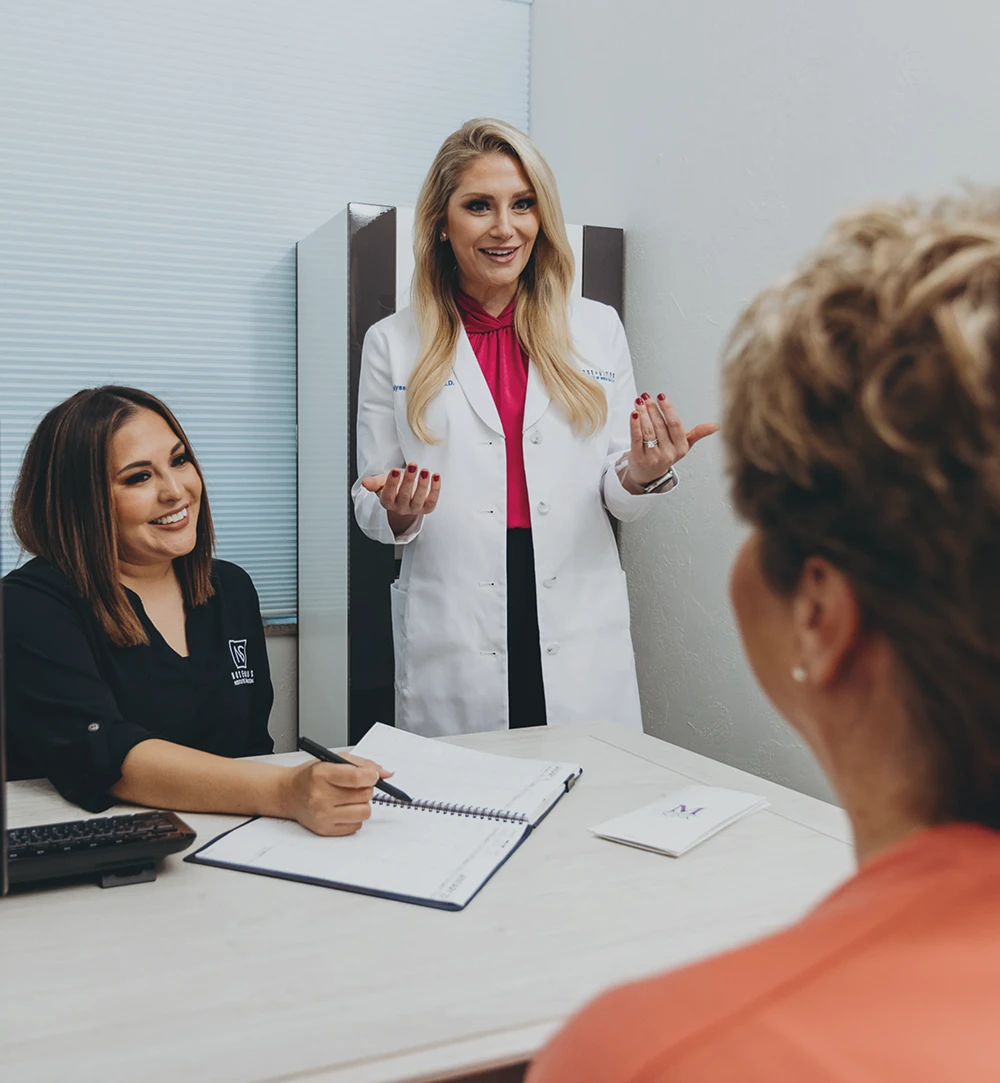


Embark on your journey towards a stunning, harmonious facial appearance and enhanced breathing. Schedule your consultation, and let’s create the perfectly balanced nose you’ve been dreaming of!
Ready to boost your confidence with a stunning new nose? Our expert surgeons at FSIBR combine the magic of advanced techniques and artistic finesse to give you a look you’ll truly adore.
A surgical procedure that enhances the shape of the nose.
No discomfort thanks to anesthetics and specialized care.
Improved appearance and function of the nose.
You may be if you are in good health.
Expect downtime and swelling.
Risk of infection and poor healing are reduced with our surgeons.


It is a surgical procedure that requires altering the internal nasal framework that lies beneath the skin of the nose. Dr. Hancock and Klimczak access the interior of the nose either through incisions made within the nostrils (closed rhinoplasty) or through a small incision along the underside of the nose (open rhinoplasty). At the same time, procedures to correct a deviated septum, sinus issues, and other airway problems can be performed. When the internal work is complete, the skin is repositioned over the new nasal framework and sutured closed. Considering both open and closed rhinoplasty procedures, it is important to understand the difference between the two.
Open rhinoplasty has advantages for patients with severely deformed noses or significant problems with the tip of the nose. In this approach, the surgeon can directly sculpt and correct asymmetries in the tip and skeleton of the nose to maximize the structure of the framework. The disadvantage of the open procedure is that there is a small incision across the bottom of the nose, which, fortunately, heals extremely well and is nearly imperceptible within weeks of the surgery.
The procedure can take somewhat longer than the closed approach. The swelling of the nose takes longer to disappear after the closed approach. Despite these disadvantages, it is the procedure of choice in patients who meet the indications for open rhinoplasty to ensure the best possible long-term result.
Rhinoplasty results depend on numerous variables, including age, skin thickness, bone structure and other factors. Our procedures are tailored to your unique needs and can address various nasal structure concerns such as a bump on the bridge, disproportionate nostrils, a crooked nose, and more. Consult with us and say goodbye to that unsightly bump on the bridge, unequal nostrils or a crooked nose, and hello to newfound confidence!
The patient will meet with the facial plastic surgeon to discuss desired outcomes of the rhinoplasty procedure and review medical history. During this visit, the surgeon may take photographs and/or computer imaging to show what the desired outcome of surgery could look like.
The surgeon will use the photographs taken during the initial consultation and other measurements to create a personalized plan for reshaping the nose in a way that complements the patient’s facial profile, ethnicity, and desired outcome.
The patient will be placed under general anesthesia then incisions are made either inside of the nostrils or across the columella (the area between them). The skin is separated from underlying nasal structures, which are reshaped as necessary through a combination of cutting away tissue (bone and cartilage), adding tissue (grafts from other parts of your body or cadaver bone/cartilage), and repositioning existing structures.
Once changes have been made to reshape the nose, incisions are closed with sutures before a dressing is applied over them. Depending on the extent of surgery performed, surgical packing may be used inside the nose to help maintain its shape during the recovery.
Most patients experience swelling, bruising, and nasal congestion post-op. These symptoms improve throughout the 7 – 10 day rhinoplasty recovery time. After this, most patients resume their usual day-to-day activities, return to work, and are “restaurant ready” within 14 days. Strenuous activity, heavy lifting, and other physical activities may be limited for the first 3-6 weeks after surgery. The best nose job results occur if a patient understands the rhinoplasty recovery process.
There are many benefits to primary rhinoplasty. FSIBR patients are consistently pleased with their results which include:
Patients choose primary rhinoplasty for various reasons, including cosmetic and medical. It is a very personal choice and consultation with your board-certified plastic surgeon will determine if the procedure is right for you. You may be an ideal candidate if you meet the following criteria:
Primary rhinoplasty risks and side effects are reduced when working with a board-certified facial plastic surgeon, such as FSIBR surgeons, Drs. Hancock and Klimczak. When considering a nose job it is important to understand that like all surgical procedures, it too entails a certain degree of risk and side effects. These may include:
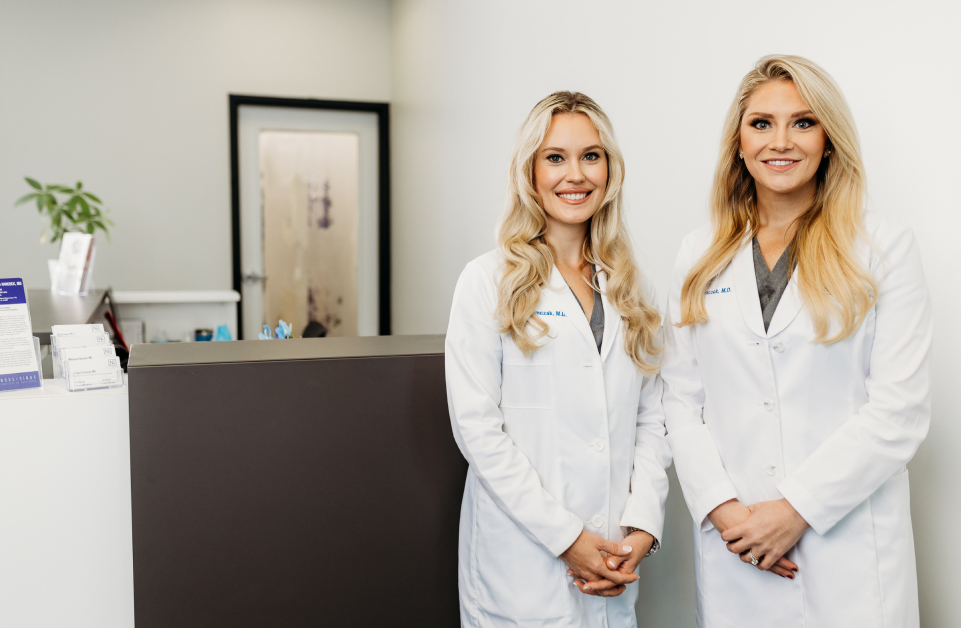
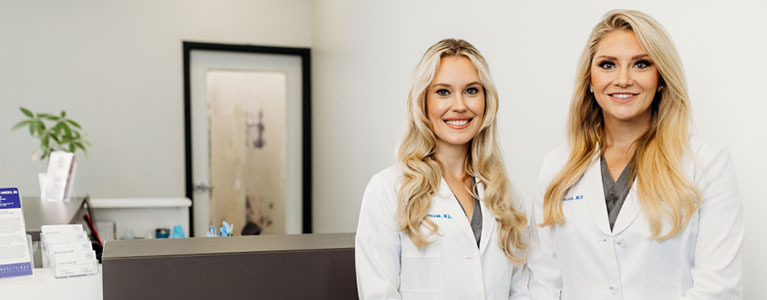
The cost of rhinoplasty can vary depending on the patient’s aesthetic or functional needs, the surgeon’s experience, qualifications, location, facilities and aftercare needs. Rhinoplasty cost is discussed in detail during an in-person consultation.
There is no ideal age to undergo a nose job. To determine if now is a good time for nose surgery, it is crucial to consult with our FSIBR surgeons.
Definitely! Rhinoplasty is used to reshape or resize the nose while septoplasty is used to straighten the nasal septum due to a deviated septum.
A nose job typically takes around 7-10 days to recover from the surgery, although the swelling and bruising can last up to 2 weeks. The final results of your rhinoplasty can, however, take up to 12 months as the nose continues to heal and settle into its new position.
The surgery usually takes 1.5 – 3 hours and varies from patient to patient.
Generally, it is a relatively painless procedure because most anesthetics used will completely numb the area being operated on.
It is usually recommended to wait about 4-6 weeks before doing so for the nose to heal properly.
Blowing your nose should be avoided for at least two weeks after your surgery as this could disrupt the healing process and cause further damage or bleeding.
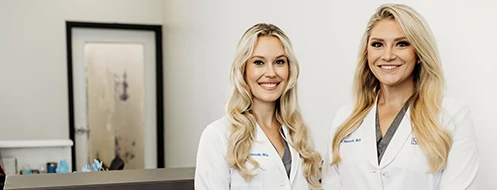
Written by Facial Surgery Institute of Boca Raton Medical Experts
